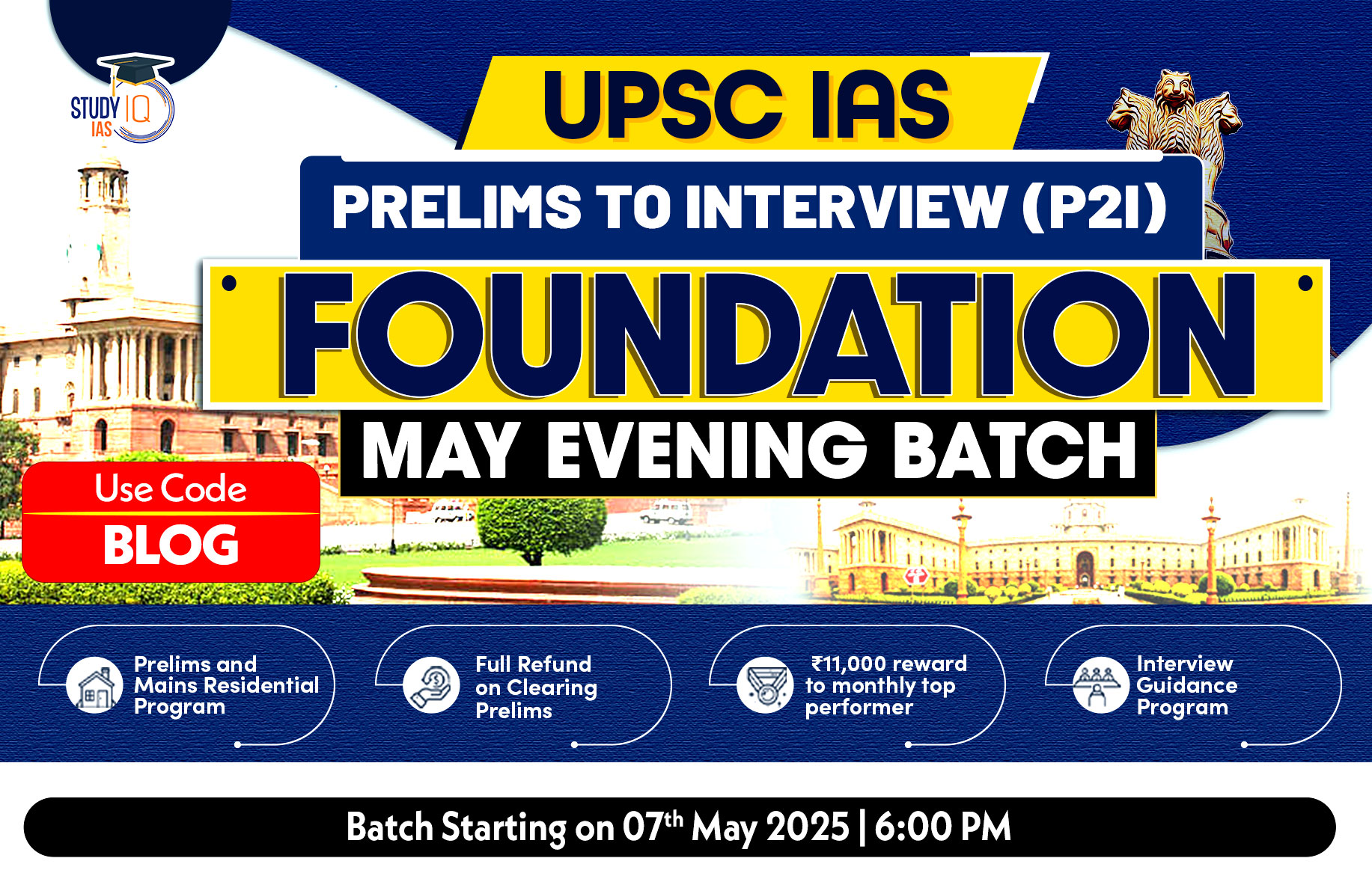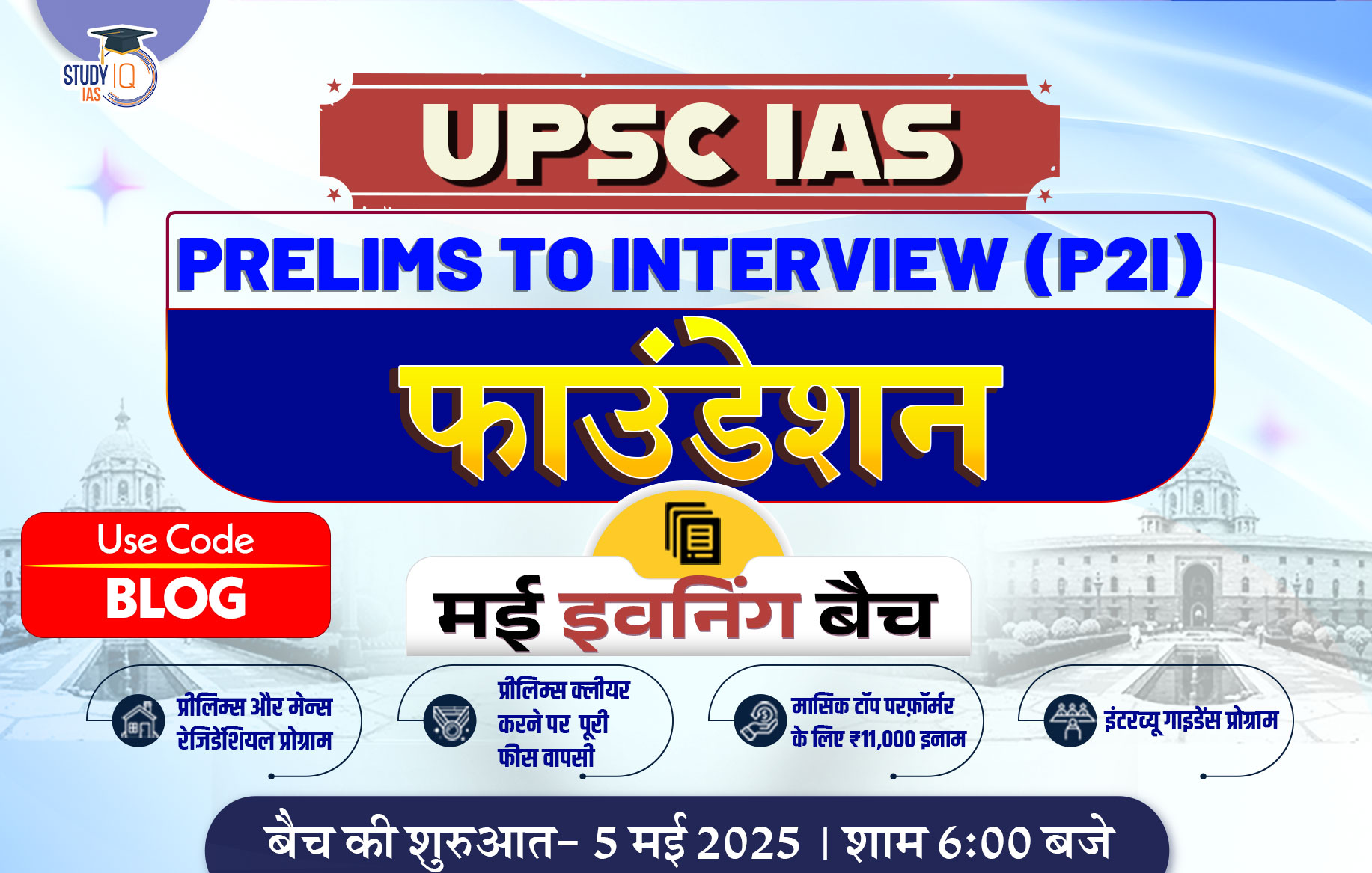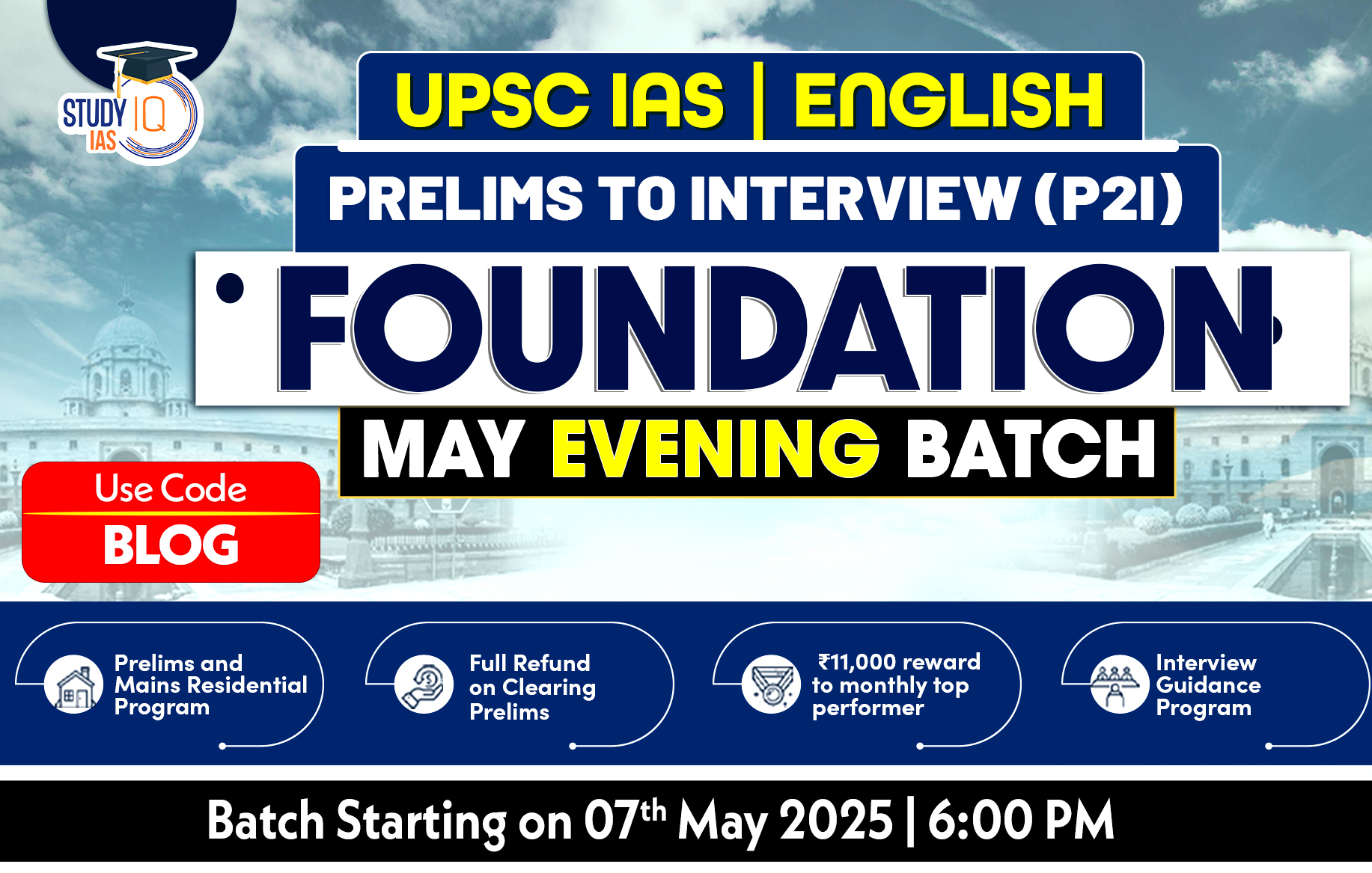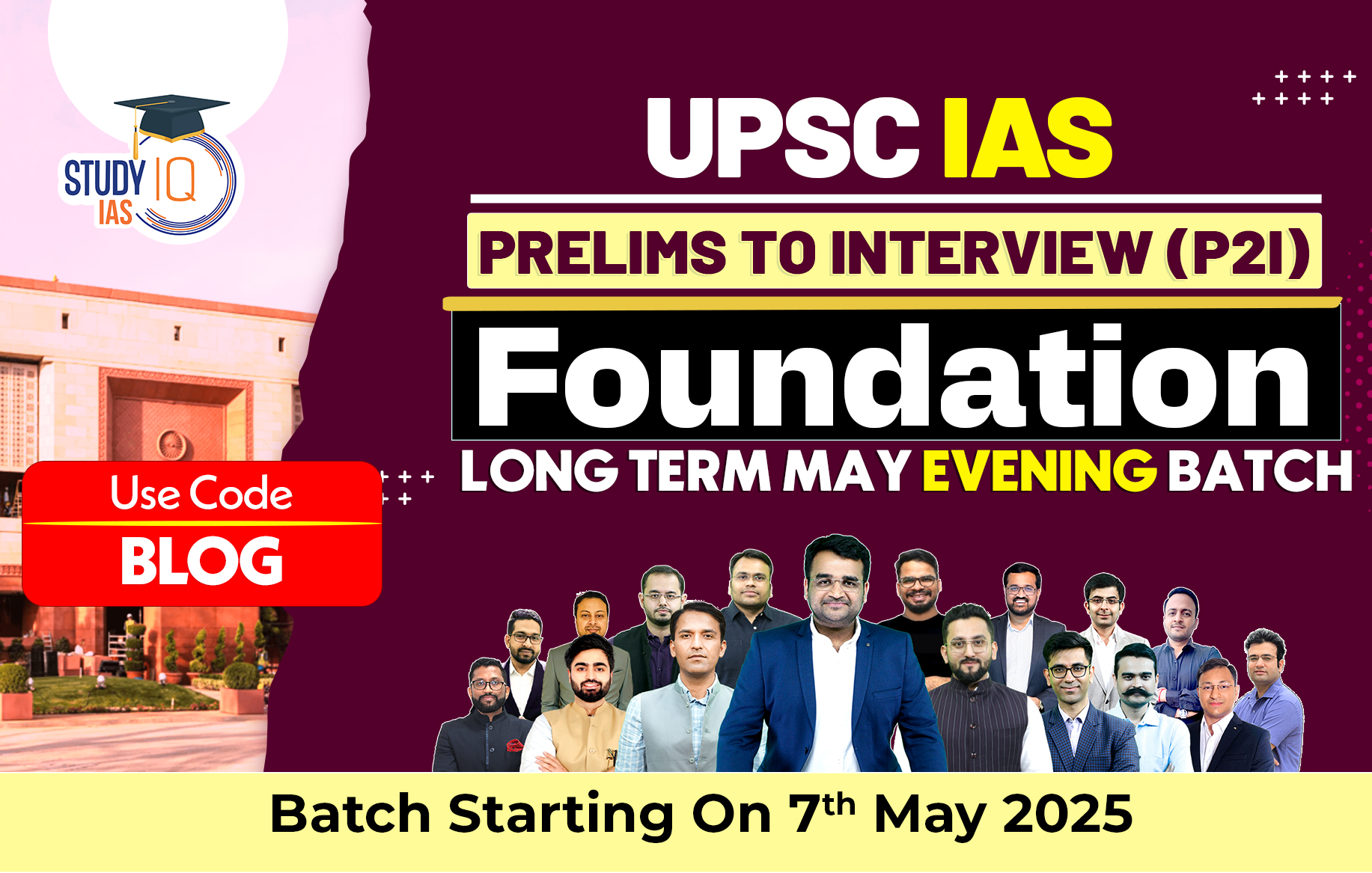Table of Contents
History Related to The Drafting of Indian Constitution
- Formation of the Constituent Assembly: Constituent Assembly was formed under the Cabinet Mission Plan of 1946.
- It had 389 members, later reduced to 299 after Partition.
- Sachidanand Sinha was the first interim president; later, Dr. Rajendra Prasad was elected as the permanent chairman.
- Drafting Committee Formation: Established on August 29, 1947, with B.R. Ambedkar as its chairman.
- The committee was responsible for preparing the final draft of the Constitution.
| Members of the Drafting Committee |
The Drafting Committee consisted of 7 members:
|
- Adoption of the Constitution: The Constitution was adopted on November 26, 1949 and came into effect on January 26, 1950.
| Do You Know? |
|
B.R. Ambedkar’s Views on the Draft Constitution
- B.R. Ambedkar, the principal architect of the Constitution, expressed profound concerns about its future during his speech on November 25, 1949.
- He emphasized that the effectiveness of any Constitution is contingent upon the character and integrity of those who implement it.
- He famously stated:
- “However good a Constitution may be, it is sure to turn out bad because those who are called to work it happen to be a bad lot”.
- Also, Ambedkar identified two critical deficiencies in Indian society: equality and fraternity.
- He warned that while political equality was established through voting rights, social and economic inequalities (such as caste system, religious divisions, and regional identities) persist that are obstacles to fraternity which creates a contradiction in Indian democracy.
- He argued for a social democracy that included fraternity, which is crucial for fostering liberty and equality.
- He famously stated:
Progress Made Over 75 Years
- Political Democracy: India has maintained a stable and functional democracy, holding regular, free, and fair elections, which is remarkable given its diversity.
- Equality through Affirmative Action: The abolition of untouchability and extensive reservation policies for Scheduled Castes (SCs), Scheduled Tribes (STs), and Other Backward Classes (OBCs) have promoted social justice and upliftment.
- Nationhood and Unity: Despite its diversity, India has developed a strong sense of national identity, evident in moments of unity during national crises or international events.
- Economic Growth: From being a low-income agrarian economy, India has transformed into one of the fastest-growing major economies with significant strides in industrialization and technology.
- Judicial Activism: The judiciary, through landmark judgments like Kesavananda Bharati and Navtej Singh Johar, has reinforced constitutional values like the basic structure doctrine and individual freedoms.
- Constitutional Adaptability: The Constitution has evolved through 106 amendments, enabling it to address contemporary challenges and needs, such as GST implementation and local governance empowerment.
| Decline in Parliamentary Effectiveness: Key Trends |
|
Challenges That Persist
- Social Inequality: Despite affirmative action, caste-based discrimination and social stratification continue to hinder social equality.
- Economic Disparity: The gap between the rich and the poor remains stark, with inadequate access to healthcare, education, and opportunities for marginalized groups.
- Fraternity and Social Harmony: Divisions along caste, religion, region, and language persist, often exacerbated by political mobilization and identity politics.
- Institutional Weakening: Concerns about the independence and functioning of institutions like Parliament, judiciary, and Election Commission raise questions about checks and balances.
- Erosion of Democratic Values: Reports of declining press freedom, rising electoral authoritarianism, and suppression of dissent challenge the democratic ethos envisioned by the Constitution.
- Challenges of Representation: The debate over caste census and reservations reflects unresolved questions about ensuring equitable representation without deepening social divisions.
- Low Participation of Women: The political representation of women in India has been far from satisfactory.
- g., Women hold only 14% of seats in the Lok Sabha and 10% of seats in state legislative assemblies.
- Cabinet Women ministers comprise only 6.5% in India (as per UN Women report, 2024).
- g., Women hold only 14% of seats in the Lok Sabha and 10% of seats in state legislative assemblies.
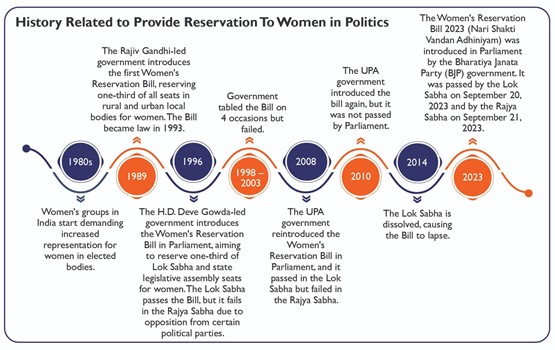
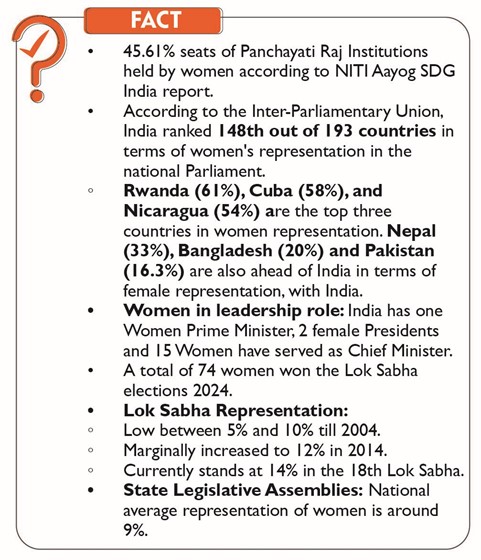
Path Forward
- Promote Constructive Debate and Deliberation:
- The Constituent Assembly’s hallmark was its ability to engage in meaningful, respectful, and inclusive debates on complex issues.
- Members brought diverse views and tackled issues through dialogue, compromise, and sincerity.
- Today’s Parliament must emulate this approach by fostering constructive debates, respecting dissenting opinions, and avoiding disruptions to enhance the quality of lawmaking and governance.
- Champion Pluralism and Democratic Culture:
- The Constituent Assembly embraced pluralistic views and functioned with an open-minded, democratic spirit, recognizing that different perspectives strengthen governance.
- Contemporary parliamentarians should prioritize national interests over party politics, work towards building consensus on pressing issues, and embrace a democratic culture that promotes fraternity and unity.
- Rebuild Faith in Parliamentary Institutions:
- The Constituent Assembly’s members had immense faith in Parliament as the cornerstone of democracy and governance, which shaped their commitment to nation-building.
- Current members must reimagine their role as custodians of democracy, ensuring Parliament functions effectively, upholds public trust, and addresses key challenges like poverty, inequality, healthcare, and climate change with urgency and collaboration.

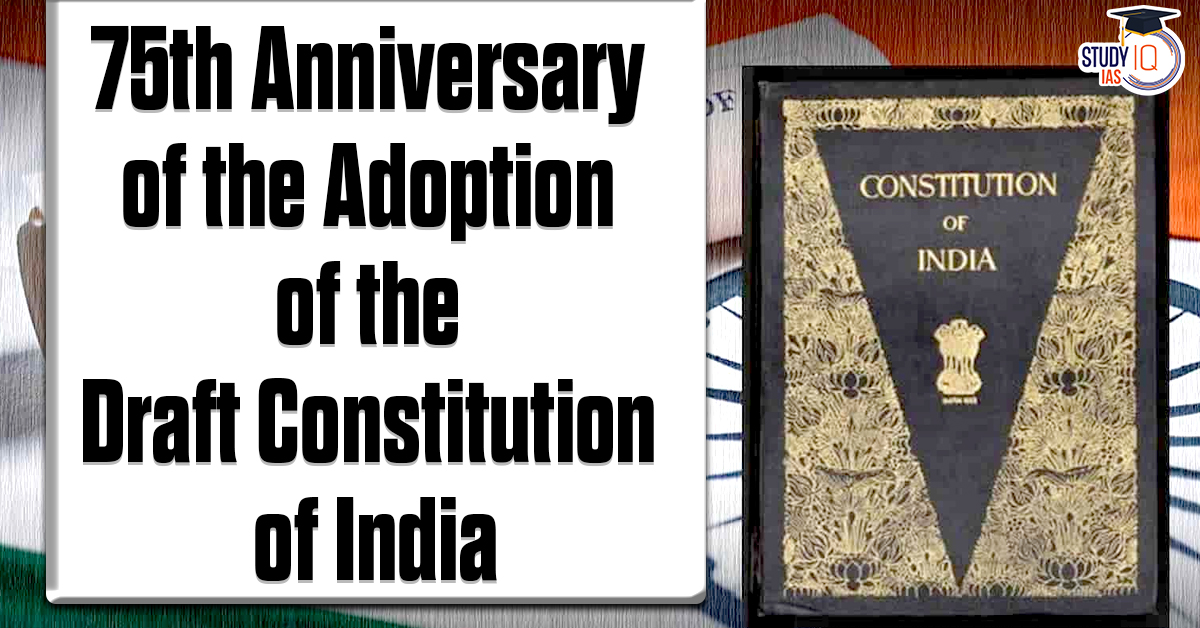
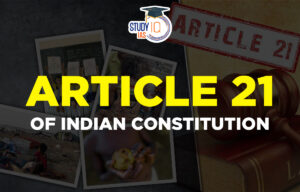 Article 21 of Indian Constitution, Right...
Article 21 of Indian Constitution, Right...
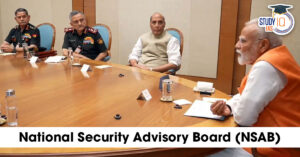 National Security Advisory Board Revampe...
National Security Advisory Board Revampe...
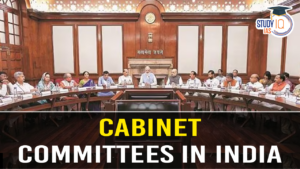 Cabinet Committees in India, Structure, ...
Cabinet Committees in India, Structure, ...

